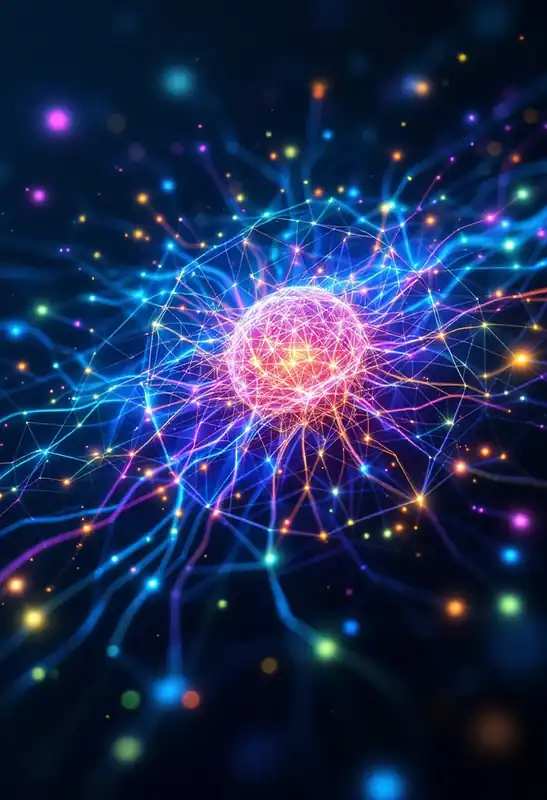
Neural Long Term Memory Module
A neural architecture component that provides persistent, addressable storage enabling networks to retain and retrieve information across long timescales beyond transient hidden states.
Neural long term memory modules are designed as explicit memory subsystems—often external to the core network—that can be written to and read from with content-based or address-based mechanisms, enabling models to preserve episodic, factual, or task-relevant information across sequences, episodes, or continual training without encoding everything into fixed weights. Architecturally these modules range from associative memories and key–value stores to differentiable external memories with read/write heads and sparse addressing; they are typically integrated with controllers (RNNs, transformers) and trained end-to-end so that retrieval acts as a learned attention or lookup operation. Their significance in AI and ML (Machine Learning) lies in solving long-range dependency, lifelong learning, and memory interference problems: they allow models to (1) extend effective context windows beyond the nominal receptive field of the base model (e.g., transformers), (2) implement episodic recall and rapid adaptation without catastrophic forgetting, and (3) support retrieval-augmented generation and decision-making in reinforcement learning through explicit storage, indexing, and selective consolidation strategies. Practical design considerations include choice of addressing (content vs. location), differentiability vs. sparse non-differentiable retrieval (and associated credit assignment), stability–plasticity trade-offs, memory compression/eviction policies, and scalability for large knowledge stores.
Conceptual roots trace back to associative and distributed-memory work in the early 1980s and late 1980s (Hopfield networks, 1982; Kanerva’s sparse distributed memory, 1988), but the explicit neural-module formulation and popularization came later: external differentiable memory architectures and the specific term gained traction around 2014 with Neural Turing Machines and Memory Networks, and saw renewed and broader popularity from 2018 onward with Transformer-XL, differentiable retrieval systems and retrieval-augmented generation approaches that made memory modules central to scaling and knowledge-intensive tasks.
Key contributors include John Hopfield and Pentti Kanerva for foundational associative-distributed memory theories; James McClelland and colleagues for complementary learning systems and consolidation ideas; Alex Graves and the DeepMind team for Neural Turing Machines and the Differentiable Neural Computer; Jason Weston, Sumit Chopra, and Antoine Bordes for Memory Networks; Zihang Dai, Quoc V. Le and collaborators for Transformer-XL (extended context mechanisms); Patrick Lewis, Sebastian Riedel and the Facebook AI Research team for Retrieval-Augmented Generation (RAG); and Jürgen Schmidhuber and others for work on fast weights and learnable memory-update mechanisms. These researchers and teams span both theoretical neuroscience-inspired work and practical ML (Machine Learning) engineering that together shaped modern neural long-term memory modules.





